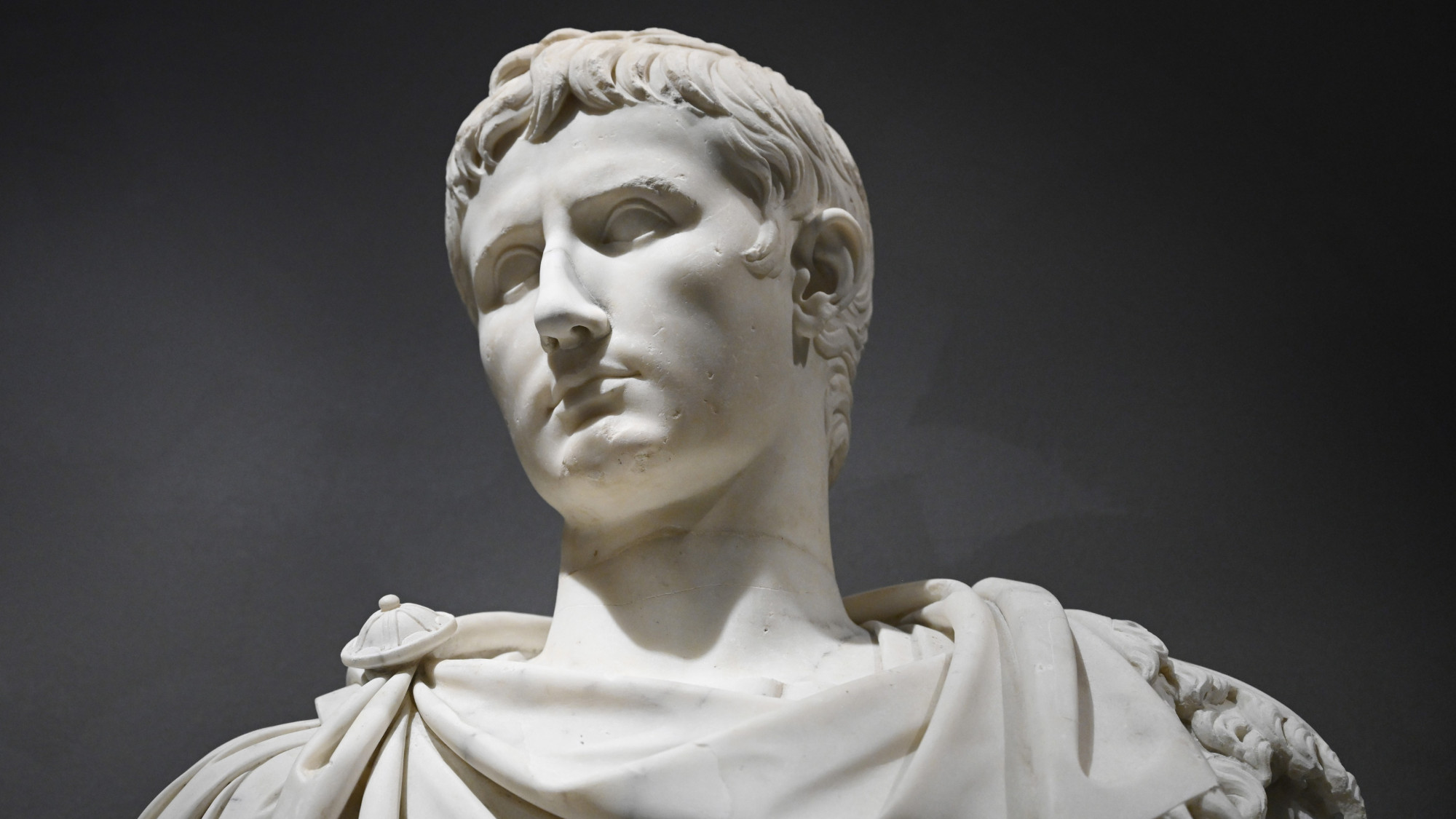Myth and Marble: Ancient Roman Sculpture From the Torlonia Collection
The exhibition offers a rare look at a private collection not seen in decades

"The notion of a Roman sculpture show might seem at first blush to be a bit stodgy," said Kyle MacMillan in the Chicago Sun-Times. But the 58 ancient works that constitute "Myth and Marble" are special, and viewers who give the show a chance are "likely to be surprised by the artistic audacity of this work and how fresh and compelling it seems two millennia after its creation." The exhibition, which will later travel to Fort Worth and Montreal, offers a glimpse of an astonishing private collection that hadn't been seen for several decades before selections from it were unveiled in 2020 and last year drew huge crowds in Paris. The Torlonias, a family that made its fortune in banking beginning in the late 18th century, amassed 621 marbles, most carved between 500 B.C. and A.D. 400, and had previously displayed them in a private museum. "Stunningly and unexpectedly," almost none of the pieces in the current show have heads or limbs missing.
That's because "many are patchworks"— almost Frankenstein-like assemblages of spare parts, said James Tarmy in Bloomberg. When Giovanni Torlonia and his son Alessandro were building the collection, it was common practice to repair ancient statuary by replacing missing heads, arms, and hands with existing fragments or with replacements carved by the finest artisans. In Chicago, you can see a statue of a goat with a 1st-century body and a head carved by 17th-century master Gian Lorenzo Bernini. The Torlonias acquired such treasures by buying up the collections of fading dynasties or by excavating land in and around Rome. They also purchased a vast villa that holds another 1,000 antique objects. But their prizes were long neglected, and the cost of cleaning and restoring just one of them can exceed $100,000.
"Much of the collection consists of portrait busts of emperors and eminences," said Jason Farago in The New York Times. Hadrian here, a bearded Marcus Aurelius there. But you'll also see a crouching Aphrodite, and Odysseus evading harm by clinging to a ram's belly. Surprisingly, "we don't know enough about just who made these marbles," though it's suspected that many artists in ancient Rome were Greeks, some enslaved, who were adapting images from their homeland's cultural peak. Historians of Western art have long presented such works as art that's forever. Today, "it feels more like the art of the hour," because it tells us that all cultures are impermanent. "These statues ask: What is power, who is worthy of it, and how long can it last?"
The Week
Escape your echo chamber. Get the facts behind the news, plus analysis from multiple perspectives.

Sign up for The Week's Free Newsletters
From our morning news briefing to a weekly Good News Newsletter, get the best of The Week delivered directly to your inbox.
From our morning news briefing to a weekly Good News Newsletter, get the best of The Week delivered directly to your inbox.
A free daily email with the biggest news stories of the day – and the best features from TheWeek.com
-
 The best homes of the year
The best homes of the yearFeature Featuring a former helicopter engine repair workshop in Washington, D.C. and high-rise living in San Francisco
-
 Critics’ choice: The year’s top 10 movies
Critics’ choice: The year’s top 10 moviesFeature ‘One Battle After Another’ and ‘It Was Just an Accident’ stand out
-
 A luxury walking tour in Western Australia
A luxury walking tour in Western AustraliaThe Week Recommends Walk through an ‘ancient forest’ and listen to the ‘gentle hushing’ of the upper canopy
-
 Joanna Trollope: novelist who had a No. 1 bestseller with The Rector’s Wife
Joanna Trollope: novelist who had a No. 1 bestseller with The Rector’s WifeIn the Spotlight Trollope found fame with intelligent novels about the dramas and dilemmas of modern women
-
 Appetites now: 2025 in food trends
Appetites now: 2025 in food trendsFeature From dining alone to matcha mania to milk’s comeback
-
 Man vs Baby: Rowan Atkinson stars in an accidental adoption comedy
Man vs Baby: Rowan Atkinson stars in an accidental adoption comedyTalking Point Sequel to Man vs Bee is ‘nauseatingly schmaltzy’
-
 Goodbye June: Kate Winslet’s directorial debut divides critics
Goodbye June: Kate Winslet’s directorial debut divides criticsTalking Point Helen Mirren stars as the terminally ill English matriarch in this sentimental festive heartwarmer
-
 A Christmas Carol (or two)
A Christmas Carol (or two)The Week Recommends These are the most delightful retellings of the Dickens classic from around the country


